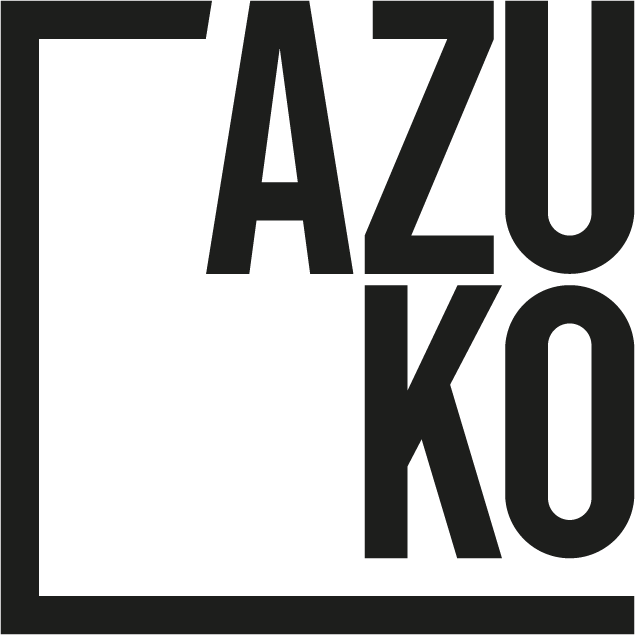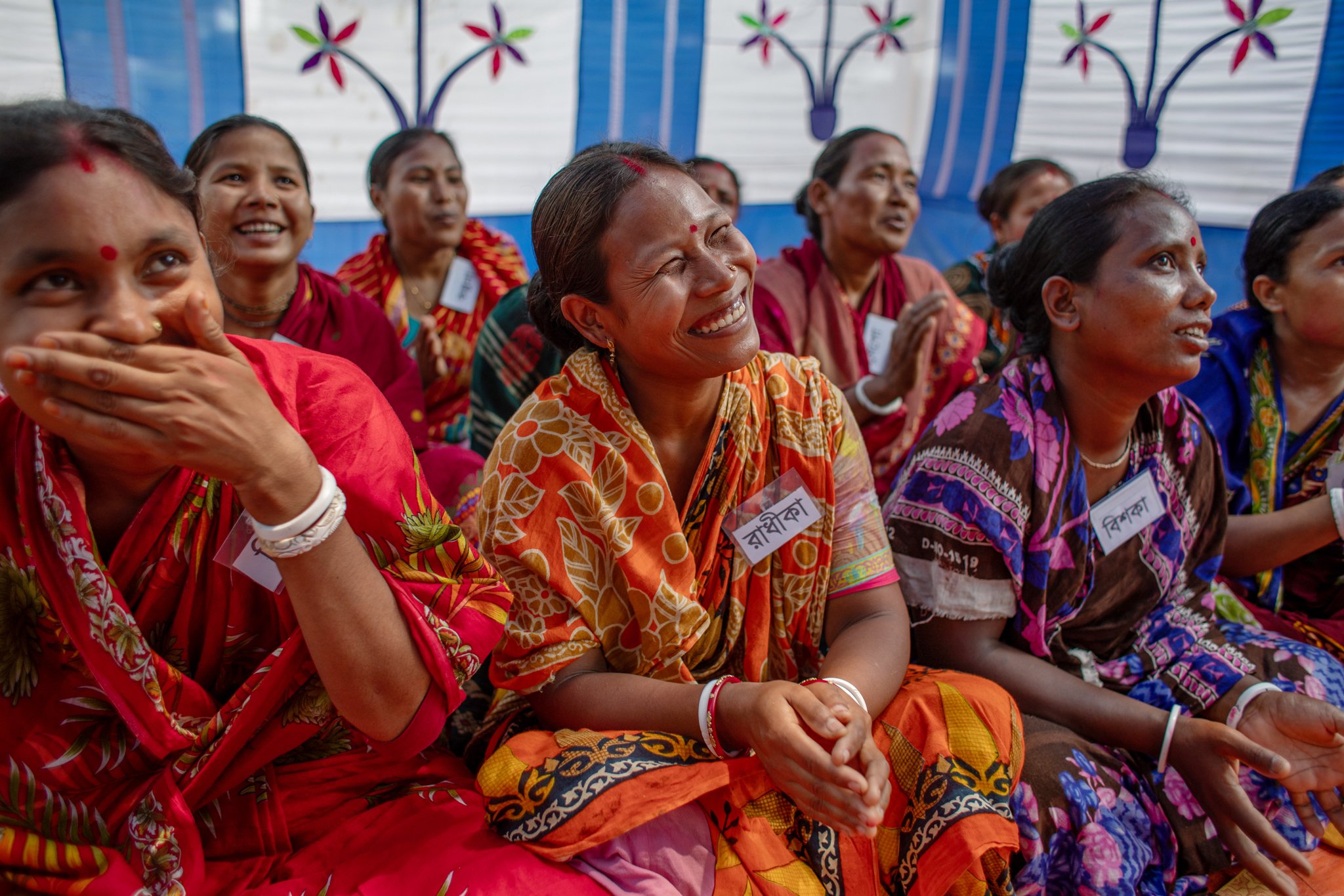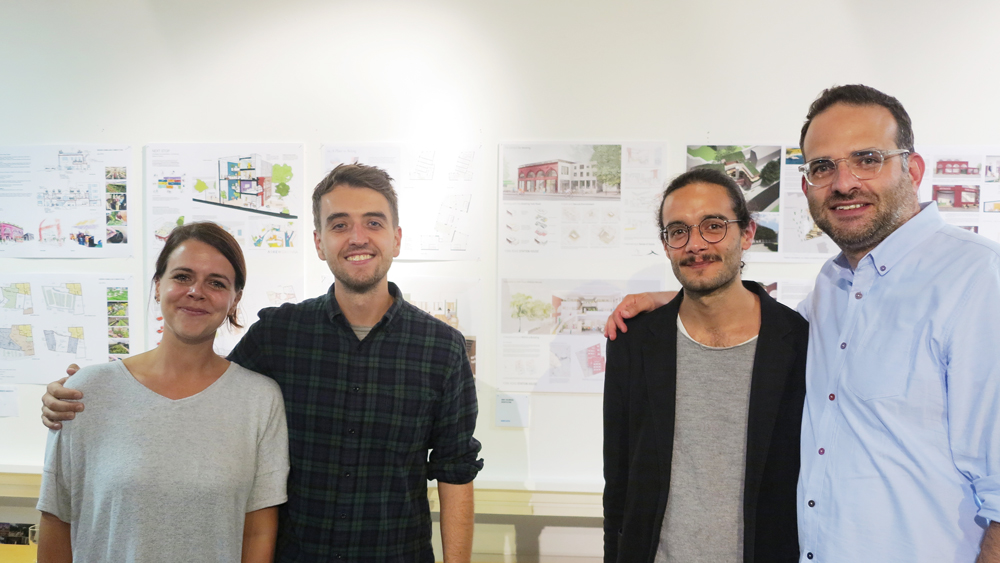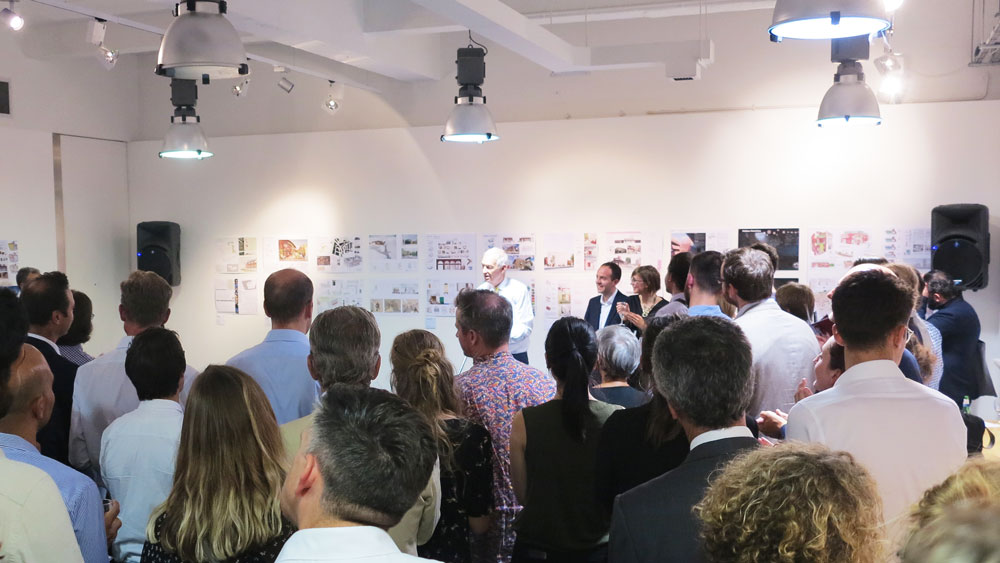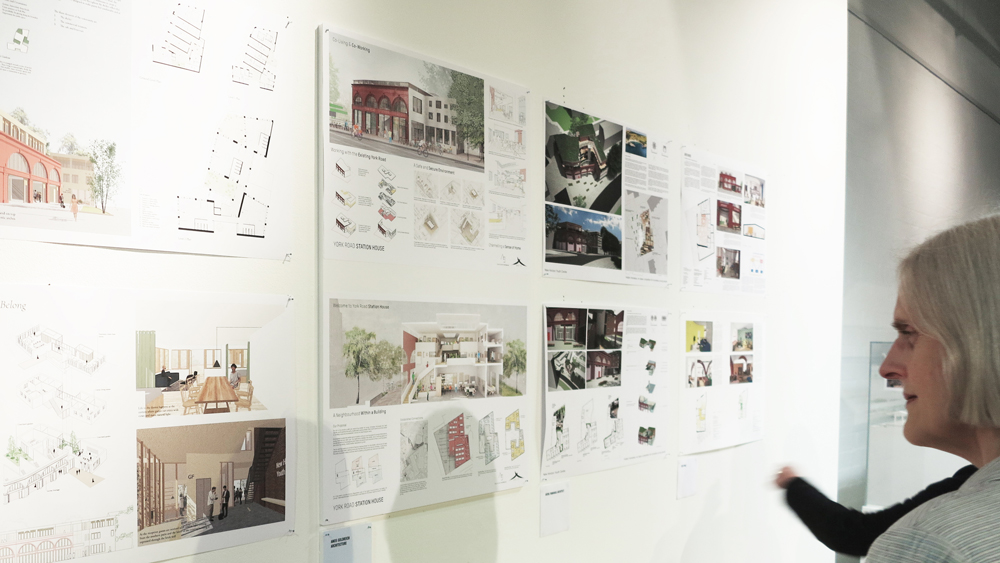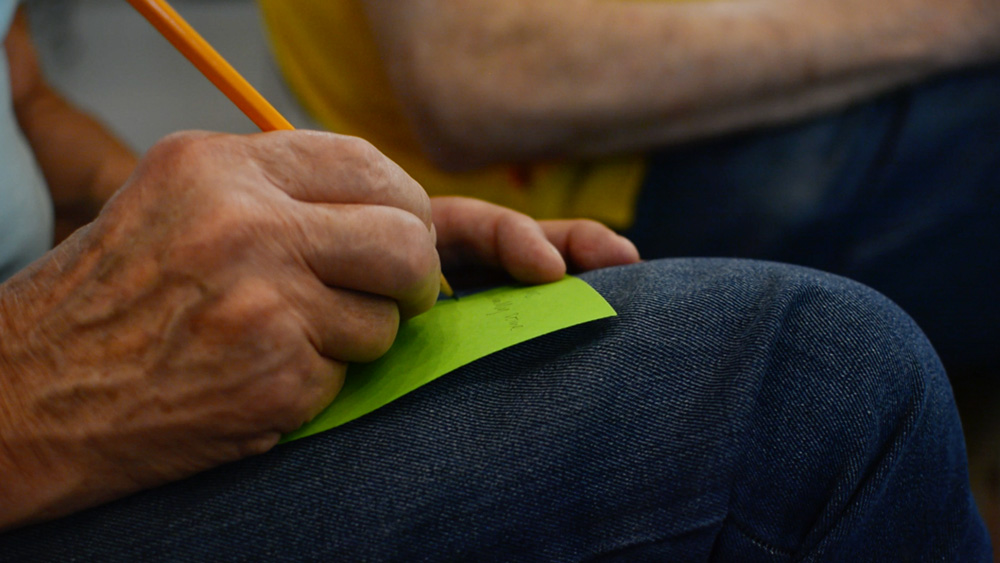We’re proud to be shortlisted for 'Hidden Homeless', a competition seeking innovative approaches to decent housing for homeless young people in London. Our proposal, in collaboration with the award-winning Amos Goldreich Architecture, focuses on building a neighbourhood and providing opportunities through co-living/co-working.
“Housing benefit cuts, insufficient supply of affordable housing, and cuts in council funding and mental health services have all left vulnerable people with nowhere to go. This new competition encourages designers and architects to tackle these urgent issues head-on.”
Homelessness, access to housing and tenancy vulnerability are key areas of our work here in the UK, particularly surrounding temporary accommodation. Our projects empower vulnerable individuals and families to ensure their voices are heard within design processes and service provision.
